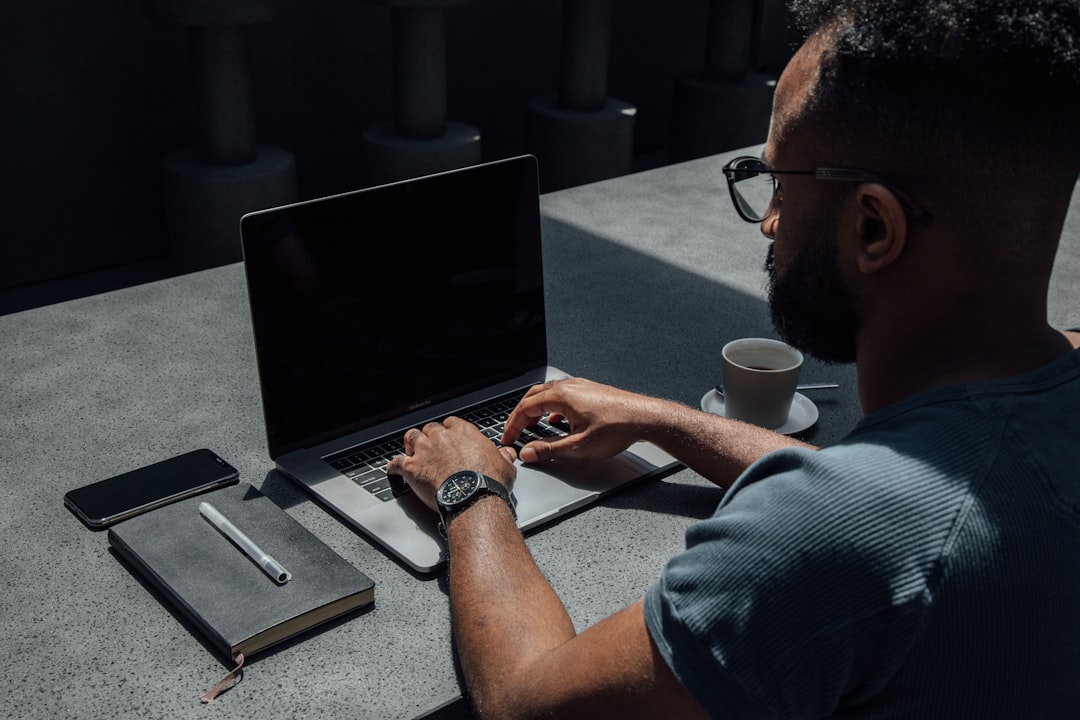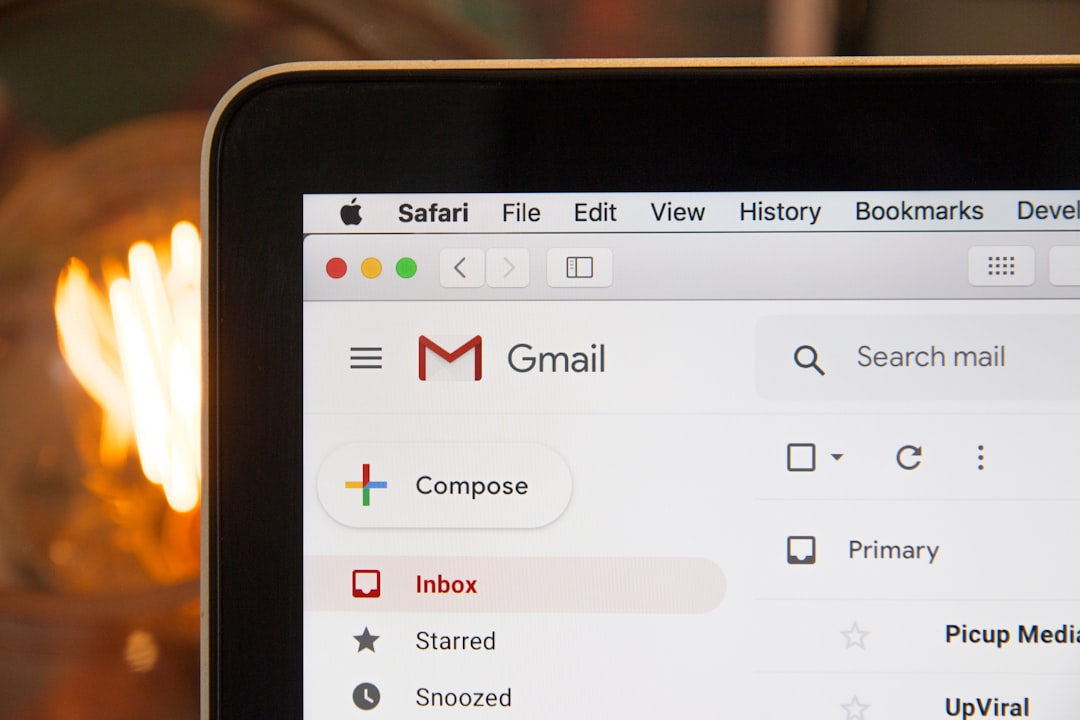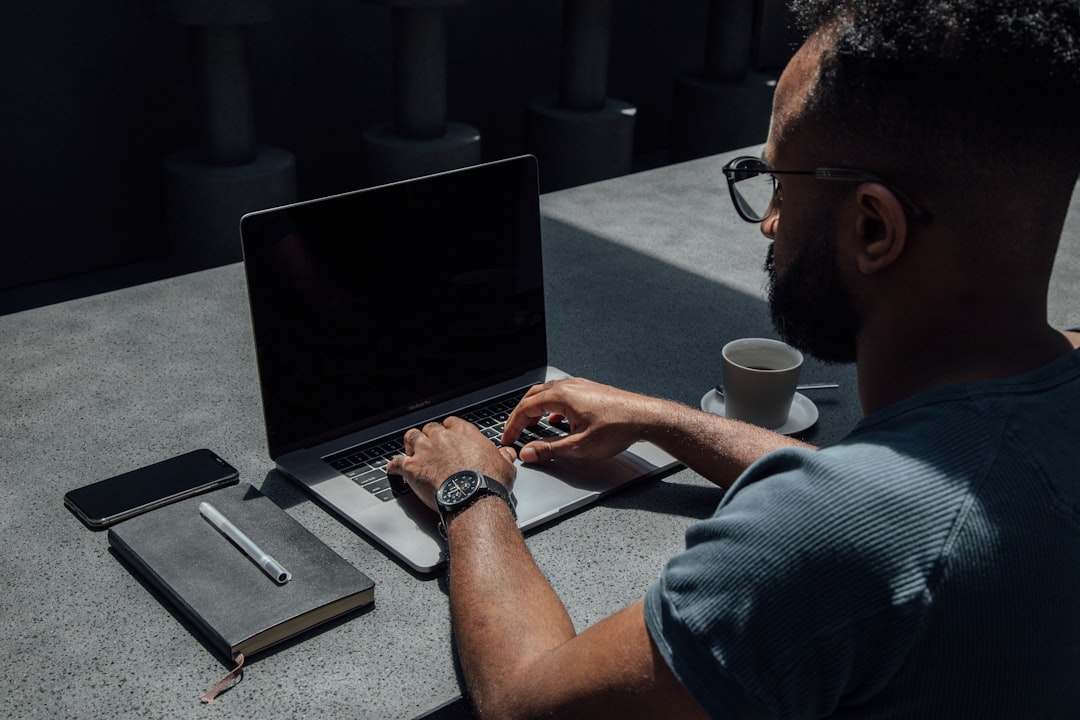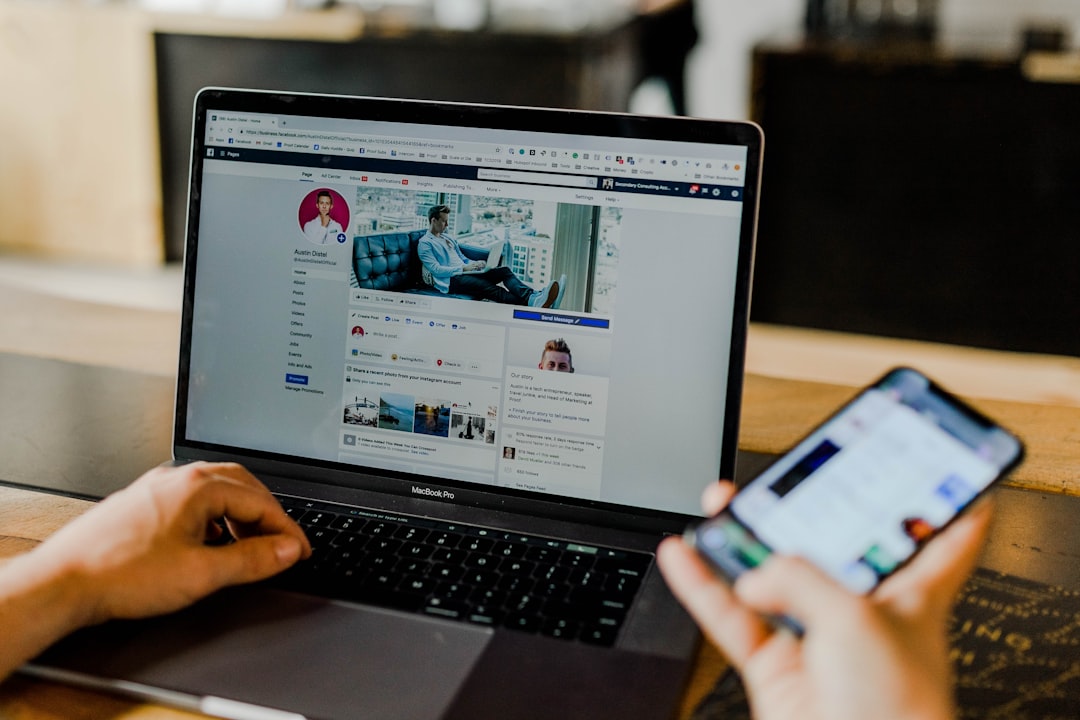Table of Contents
- Introduction
- Understanding the Importance of Email List Hygiene
- Identifying Inactive and Disengaged Subscribers
- Strategies for Re-engaging Inactive Subscribers
- Segmenting Your Email List for Better Targeting
- Implementing Automated Workflows for List Maintenance
- Conclusion
- Frequently Asked Questions
Introduction
In the bustling realm of digital marketing, email reigns as a mighty tool—yet even the most powerful instruments require tuning to perfection. Imagine you’ve invested time and resources into building an impressive subscriber list, only to discover a concerning number of disengaged readers. Fear not! This is a common challenge that, with the right approach, can be turned into an opportunity for growth.
Before diving into the depths of our proven strategies, let’s set the stage. Picture the digital ecosystem as a vast orchard; your subscribers are the flourishing fruit. But without proper nourishment and attention, even the ripest can wither. This article unveils the secrets to rekindling interest and turning the nearly-lost supporters into active participants once more.
| Challenge | Solution |
|---|---|
| High Unsubscribe Rates | Personalized Content |
| Low Open Rates | Engaging Subject Lines |
Understanding the Importance of Email List Hygiene
Email list hygiene is crucial for maintaining an effective and efficient email marketing strategy. It refers to the process of ensuring that your email list is clean, up-to-date, and populated with engaged subscribers. This practice helps businesses maintain high deliverability rates, which directly impacts their ability to reach their audience. A well-maintained email list can prevent emails from landing in spam folders, protect the domain’s sender reputation, and ultimately improve open and click-through rates.
Inactive or disengaged subscribers can negatively affect your email marketing campaigns. These subscribers may not open your emails, leading to lower engagement metrics and higher bounce rates. By regularly cleaning your list, you ensure that your emails are sent to an audience genuinely interested in your content, which can result in higher conversion rates.
Furthermore, good email list hygiene can save costs associated with sending emails to inactive addresses. Many email marketing platforms charge fees based on the number of subscribers, so a smaller, more engaged list can be more cost-effective. Regularly managing your email list by identifying and removing inactive subscribers is an essential step toward sustaining a healthy email marketing strategy.
Identifying Inactive and Disengaged Subscribers
Identifying inactive and disengaged subscribers is a crucial step in maintaining a healthy email list. To effectively recognize these subscribers, businesses need to track engagement metrics over time. Start by defining what constitutes inactivity, such as subscribers who haven’t opened emails or clicked on links for a specific period, typically three to six months. This period can vary depending on the industry and the frequency of emails sent.
Utilizing email marketing platforms, companies can access reports that showcase open rates, click-through rates, and other engagement statistics. These tools can pinpoint patterns of disengagement. It’s also beneficial to analyze subscriber behavior such as email opens, link clicks, and overall interaction with the content. By segmenting the list based on these criteria, businesses can identify which subscribers require re-engagement strategies.
Additionally, keeping an eye on engagement trends after a major campaign or promotion can help in differentiating between temporary and long-term disengagement. Identifying inactive subscribers earlier rather than later allows businesses to act promptly, ensuring their message is reaching an attentive audience, ultimately leading to higher conversion rates and improved email marketing performance.
Strategies for Re-engaging Inactive Subscribers
Re-engaging inactive subscribers is crucial for maintaining a healthy and effective email list. One strategy is to initiate a win-back campaign. These campaigns often include special offers or incentives designed to grab the subscriber’s attention. Personalization plays a significant role here – addressing subscribers by their name and tailoring content to their preferences can show that you value their engagement.
Another tactic is to send a survey, asking subscribers what kind of content they’d like to see or why they’ve become inactive. This feedback not only helps in re-engaging subscribers but also provides valuable insights to fine-tune your content strategy.
Consistency is key in maintaining engagement. However, for inactive subscribers, experimenting with different sending frequencies might help. Sometimes, less is more; reducing the frequency of emails can make each one appear more special and less like spam.
Lastly, consider cleaning your list by periodically removing subscribers who remain unengaged despite attempts to win them back. This helps improve your email open rates and ensures that your emails reach those genuinely interested in your content.
Segmenting Your Email List for Better Targeting
Segmenting your email list is a crucial step for enhancing engagement and ensuring that your subscribers receive content relevant to their interests. Effective segmentation allows you to divide your email list into smaller, more targeted groups, enabling more personalized and meaningful interactions. One way to segment your email list is by demographic information such as age, gender, or location. This data helps tailor your messaging and offers to suit the specific preferences of each segment.
Another approach is to segment based on subscriber behavior, such as open rates, click rates, or past purchases. By analyzing these behaviors, you can identify active users and nurture them with targeted promotions or content that aligns with their engagement patterns. Additionally, you can address inactive subscribers by sending re-engagement campaigns designed to reignite their interest.
Interest-based segmentation is also essential, which involves collecting data on what topics or products a subscriber is interested in. This enables you to send them emails that directly reflect their preferences, increasing the relevance of your communication.
Incorporating these segmentation strategies not only improves the effectiveness of your email campaigns but also enhances overall subscriber satisfaction by delivering content that resonates and is timely.
Implementing Automated Workflows for List Maintenance
Implementing automated workflows for list maintenance is a critical strategy for ensuring email list hygiene. By setting up automated processes, businesses can efficiently manage their subscriber lists, enhancing engagement and minimizing the retention of inactive contacts. One effective method is to create re-engagement campaigns that automatically trigger when a subscriber has been inactive for a certain period. This approach helps to reignite interest by sending a series of targeted emails, offering incentives like exclusive content or discounts.
Another strategy is to use segmentation to categorize subscribers based on engagement levels. This allows for tailored communication, ensuring that active members receive frequent updates, while inactive subscribers encounter fewer disruptions. Automation tools can also assist in removing chronically inactive contacts from the list, thus maintaining a healthy engagement rate and better deliverability.
Moreover, automated workflows can monitor subscribers’ interactions with emails, enabling the identification of trends and behaviors that signal disinterest. This data-driven approach not only aids in refining future campaigns but also consolidates the list management process, ensuring that resources are concentrated on prospects most likely to convert. By leveraging automation, businesses can maintain a robust and active email list, maximizing the overall effectiveness of their campaigns.
Conclusion
In conclusion, re-engaging disengaged subscribers is a powerful way to revitalize your email list and boost your marketing strategy’s efficacy. By prioritizing good email list hygiene, businesses ensure better deliverability and increase chances of engagement with active subscribers. Identifying inactive subscribers early, implementing strategic re-engagement campaigns, and maintaining a segmented list tailored to engagement levels are vital steps in this process. Automated workflows further streamline list management, making it feasible to address disengagement efficiently and reducing redundant costs. Ultimately, a cleaner, more engaged list translates to enhanced performance metrics like open rates and conversions. By consistently applying these strategies, businesses not only improve their email marketing effectiveness but also nurture a more loyal and interactive audience.





 Dive into the world of email marketing with guidance on proven strategies to nurture relationships that last.
Dive into the world of email marketing with guidance on proven strategies to nurture relationships that last.










